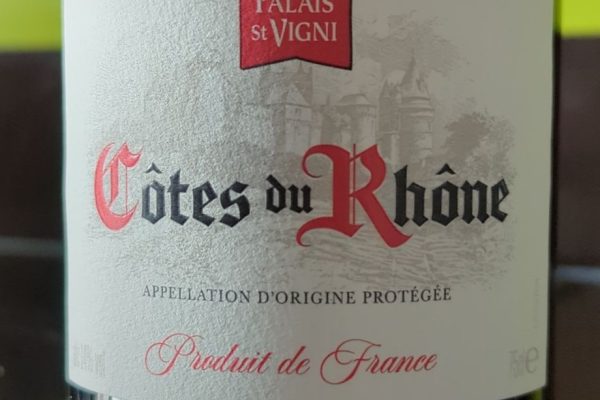
The tracks of liquid that cling to the sides of a glass after the contents have been swirled. Also known as wine tears.
This happens due to interaction between several factors: the alcohol content in the wine, the surface tension of the liquid, and the phenomenon known as the Gibbs-Marangoni effect.
The Gibbs-Marangoni effect, describes the flow of liquid caused by gradients in surface tension. In the case of wine, the alcohol and water have different surface tension and evaporate at different rates because alcohol evaporates faster than water. When you swirl wine in a glass, a thin film of wine coats the side of the glass. The alcohol in this thin layer evaporates quicker than the water, creating a difference in the concentration of alcohol at the surface and the bulk of the wine.
Due to the difference in surface tension between the regions of higher and lower alcohol concentration, the wine tends to flow away from areas of lower surface tension (higher alcohol concentration) to areas of higher surface tension (lower alcohol concentration). As the alcohol continues to evaporate and the surface tension continues to increase, gravity eventually takes over and the wine is pulled back down into the glass, forming droplets or ‘legs’.
The number and speed of the legs can give some indication of the alcohol content of the wine: more and faster legs can suggest a higher alcohol or sugar content, although other factors can also influence this observation. Therefore, wine legs aren’t a definitive way to judge the quality of the wine, but more of an interesting visual phenomenon to observe.













